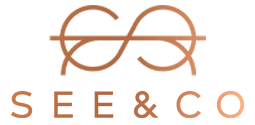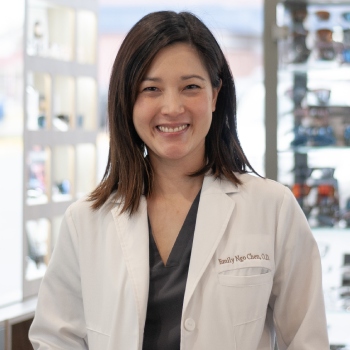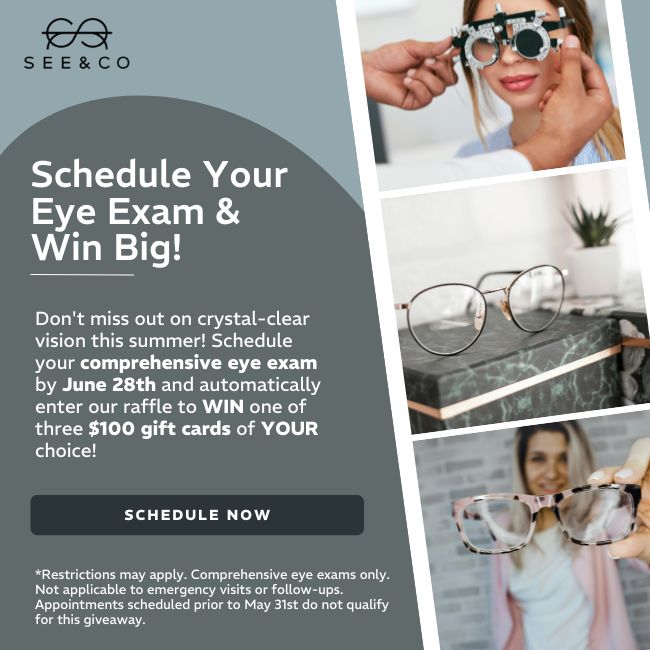As the seasons change and pollen fills the air, many of us find ourselves battling eye discomfort. But is it your allergies or dry eye causing the irritation? Understanding the differences and similarities between these conditions is crucial for finding relief and ensuring optimal eye health, especially during peak allergy seasons.
Distinguishing Allergies from Dry Eye:
Allergies and dry eye can often manifest similar symptoms, making it challenging to pinpoint the root cause. However, there are key distinctions to consider:
- Allergies occur when the immune system reacts to allergens like pollen, pet dander, dust mites, or mold spores.
- Common symptoms include itching, redness, tearing, swelling, and a gritty sensation in the eyes.
- Allergic reactions can also affect other parts of the body, such as the nose, throat, and skin.
Dry Eye:
- Dry eye occurs when the eyes don’t produce enough tears or when tears evaporate too quickly, leading to insufficient lubrication and moisture.
- Symptoms may include dryness, stinging, burning, a sensation of grittiness, excessive tearing (as a response to dryness), and blurred vision.
- Factors like aging, environmental conditions, certain medications, and health issues contribute to dry eye.
The Correlation:
Interestingly, allergies and dry eye can exacerbate each other’s symptoms, particularly during peak allergy seasons. When allergies flare up, the immune response can increase inflammation in the eyes, worsening dry eye symptoms. Conversely, dry eye can heighten eye sensitivity, making individuals more susceptible to allergens and exacerbating allergic reactions.
Common Symptoms and Treatments:
Understanding the common symptoms associated with allergies and dry eye can help individuals seek appropriate treatment:
Allergy Symptoms:
- Itching, often accompanied by redness and tearing.
- Swelling and puffiness around the eyes.
- Sensitivity to light.
- Runny nose, sneezing, and congestion.
Allergy Treatments:
- Over-the-counter or prescription antihistamine eye drops to alleviate itching and redness.
- Avoidance of allergens whenever possible.
- Environmental control measures, such as using air purifiers and keeping windows closed during peak pollen seasons.
- Allergy medications, including antihistamines and decongestants, to manage systemic symptoms.
Dry Eye Symptoms:
- Dryness and irritation, often described as a burning or stinging sensation.
- Grittiness or feeling like there’s something in the eye.
- Excessive tearing as a compensatory response to dryness.
- Blurred vision, particularly after prolonged periods of reading or screen time.
Dry Eye Treatments:
- Artificial tears or lubricating eye drops to replenish moisture and provide relief.
- Prescription eye drops to reduce inflammation and improve tear production or quality.
- Lifestyle modifications, such as taking regular breaks during screen time and using a humidifier to add moisture to the air.
- In-office procedures like punctal plugs to help conserve tears and minimize drainage.
Seeking Support:
If you’re experiencing persistent eye discomfort or uncertainty about whether your symptoms are due to allergies or dry eye, your best course of action is to schedule an appointment with us.
Our experienced team can evaluate your symptoms, provide a comprehensive eye examination, and recommend personalized treatment options tailored to your needs.
Upon diagnosis of Dry Eye Disease, it becomes crucial to uncover the underlying causes through a comprehensive Dry Eye Evaluation. This assessment empowers us to craft a personalized treatment strategy that targets the specific root cause of your Dry Eye or allergies, rather than merely alleviating the symptoms.
At See & Co, we are dedicated to tailoring treatments to suit the individual needs of each patient dealing with Dry Eye. Recently, we’ve observed a growing number of patients experiencing positive outcomes with a new in-office treatment called OptiLight and OptiPLUS. This innovative, FDA-approved procedure targets blockages in the glands around the eyes using intense pulses of light and radiofrequency, effectively alleviating symptoms associated with Dry Eye.
For comprehensive information on the causes of Dry Eye Disease and the latest advancements in treatments, we invite you to explore the Dry Eye Therapy and Optilight By Lumenis pages on our practice’s website.
Don’t let eye discomfort hold you back. Take the first step towards relief by booking an appointment with us today. Together, we can navigate through your symptoms and ensure your eyes remain healthy and comfortable year-round.



